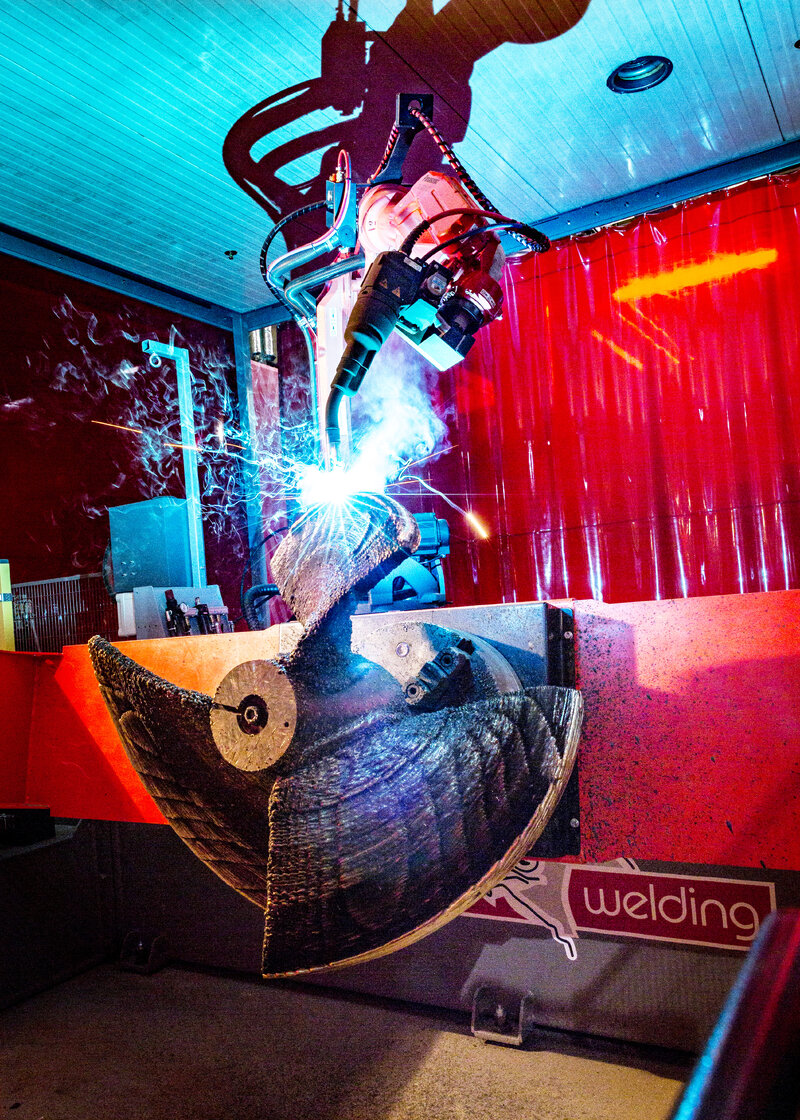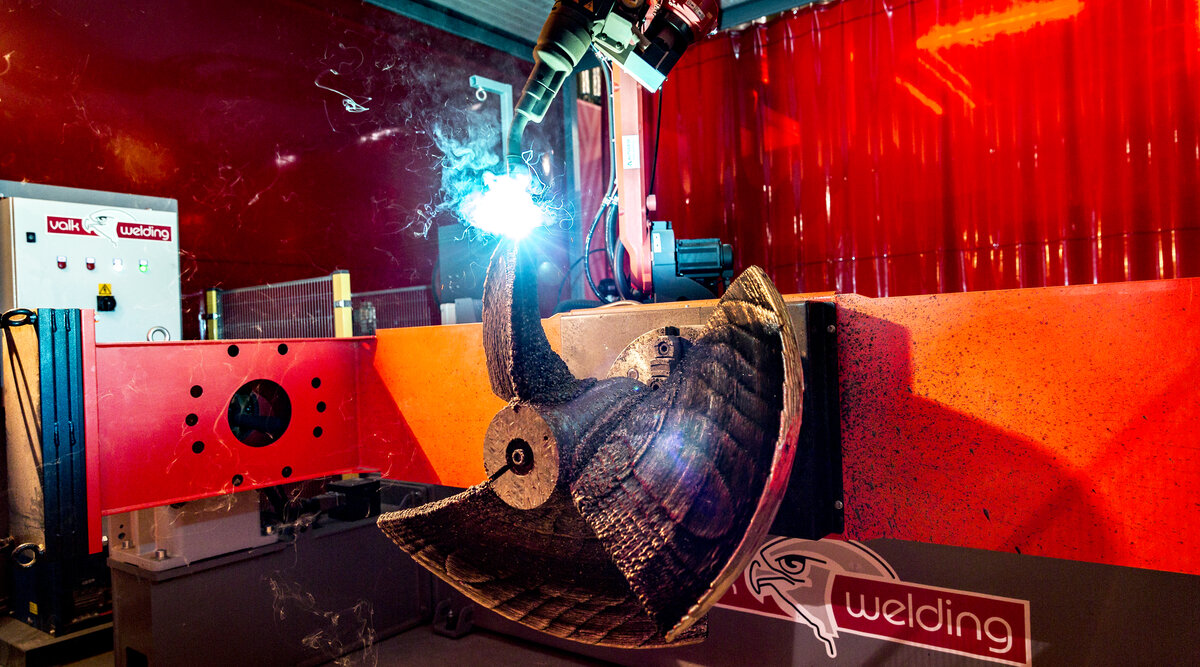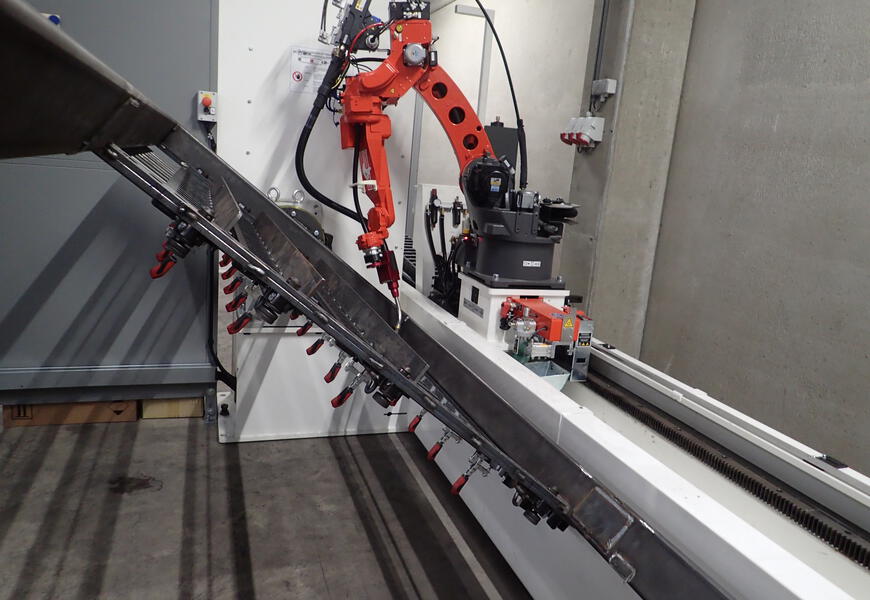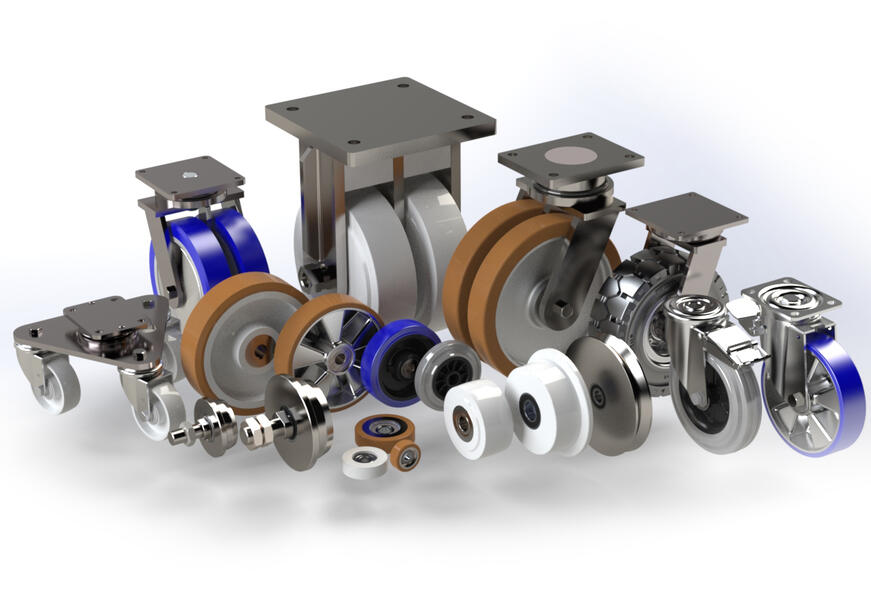In order to comply with the stringent inspection requirements of Bureau Veritas, the material characteristics of the prototype were thoroughly tested. Using the knowledge and experience gained with the production of this prototype, a second certified copy will be printed, which will next year be installed on a DamenShipyards tugboat for practical testing. The production of the 3D-printed ship propeller weighing 400 kg is a milestone in 3D production technologies. It demonstrates that bulky metal components can be produced at lower cost and in less time than with existing technologies.




